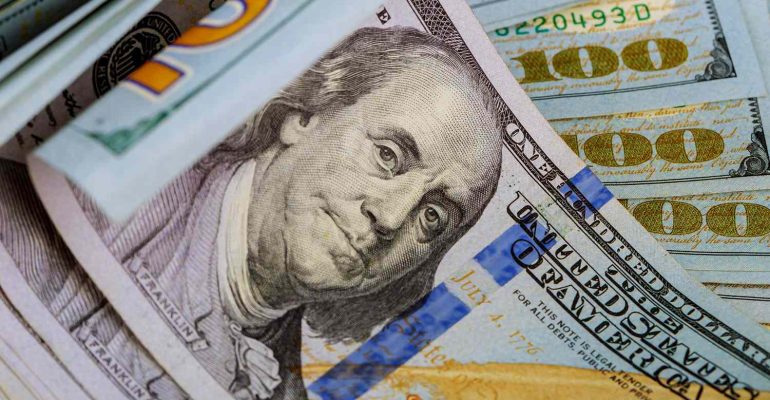Understanding the Interaction Between Monetary and Fiscal Policy for Price Stability
April 23, 2024 2024-04-23 17:49Understanding the Interaction Between Monetary and Fiscal Policy for Price Stability
Introduction
Price stability is a fundamental objective for economic policymakers worldwide. Achieving this involves careful calibration of both monetary and fiscal policies. These two arms of economic policy, when harmoniously aligned, can effectively control inflation and maintain price stability, contributing to overall economic well-being. This article delves into how monetary and fiscal policy interact to achieve price stability and the challenges faced in this complex balancing act.
Monetary Policy and Its Role in Price Stability
Monetary policy, primarily managed by a country’s central bank, involves regulating the money supply and influencing interest rates. Its primary aim is to control inflation—a key indicator of price stability. Central banks adjust interest rates to either encourage borrowing and spending during economic slowdowns or to cool down an overheated economy, thus controlling inflation. Tools like open market operations, reserve requirements, and interest rate adjustments are standard in managing the economy’s money supply.
Fiscal Policy: Government Spending and Taxation
Fiscal policy, on the other hand, is directed by the government and involves changes in tax rates and government spending. These measures influence the economy by altering household income and the demand for goods and services. For example, reducing taxation leaves consumers with more disposable income, potentially increasing demand and prices. Conversely, increased government spending can stimulate or overheat an economy depending on the state of economic slack.
Interaction Between Monetary and Fiscal Policy
The interaction between monetary and fiscal policy is crucial for price stability. Ideally, these policies should complement each other. For instance, if the government increases spending to boost the economy, the central bank might raise interest rates to prevent this boost from causing inflation. Conversely, if fiscal policy is tightened, the central bank might lower interest rates to maintain economic growth and prevent deflation.
Challenges in Coordination
Coordinating these policies can be challenging. Differences in policy lag times, impacts, and political motivations can lead to conflicts. For instance, central banks are typically independent and can make quick adjustments to monetary policy. Governments, however, may face delays due to legislative processes, with fiscal adjustments taking longer to implement. Additionally, political pressures can lead to fiscal policies that counteract monetary goals, such as populist spending measures that ignite inflationary pressures, which the central bank must then mitigate.
Case Studies
Several historical examples illustrate the importance of coordinated policies. During the post-2008 economic recovery, many governments initially implemented fiscal stimulus measures in tandem with central banks’ monetary easing. However, as governments shifted towards austerity, central banks were often left alone to battle economic stagnation, complicating efforts to stabilize prices and achieve full employment.
Conclusion
The dance between monetary and fiscal policy is delicate. Effective communication and coordination between government and central bank are paramount in aligning these tools towards the common goal of price stability. As economic conditions evolve, the adaptive management of these policies becomes even more crucial in maintaining a stable economic environment conducive to sustainable growth. By understanding and managing the interactions between fiscal and monetary policies, policymakers can better stabilize prices and foster a healthy economic landscape.























